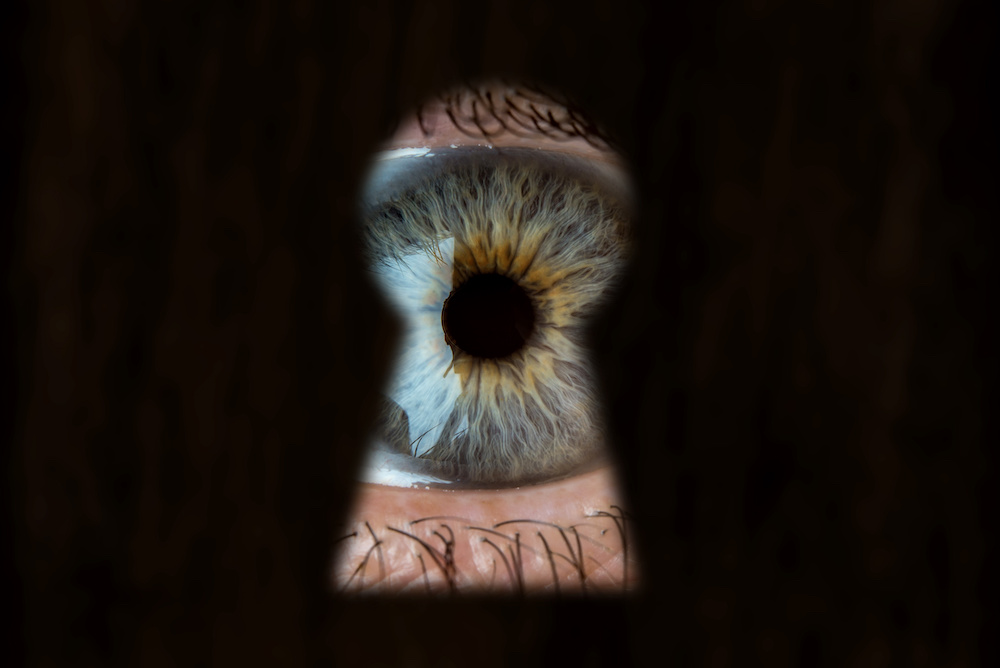A new method to boost your creativity gets rave reviews

- Researchers have devised a new way to train creativity through storytelling.
- The method is based on the idea of narrative strategy, which argues that interpreting stories of everyday life leads thinkers to solve problems.
- Early reviews of the method are generally positive, but the team still needs to further assess the efficacy of the method through randomized-controlled trials, which are currently underway.
Creativity can seem like magic. We stand in awe of those who can come up with world-changing ideas, devise unforeseen yet integral gadgets, or write engrossing works of fiction seemingly out of thin air. But like magic, most people desire creativity yet nobody knows a surefire way to learn it.
Angus Fletcher, a Professor of English at Ohio State University who was also trained in neuroscience, thinks he might have found one. Along with his colleague, Mike Benveniste, Fletcher outlined his creativity training regimen in a paper published to the Annals of the New York Academy of Sciences.
The idea is grounded in the notion of narrative theory, which argues that stories are essential to humans making sense of the world. Interpreting the stories of everyday life leads thinkers to solve problems. Imagining new stories prompts novel inventions to weave those stories into reality. Creativity arises by envisioning ourselves as thoughtful agents in our own stories as well as others’.
Fletcher and Benveniste have already created a curriculum for training creativity, and it is currently being piloted at the U.S. Army’s Command and General Staff College, the U.S. military’s special operations community, the University of Chicago Booth School of Business, and the Ohio State College of Engineering.
“The new training can […] be subdivided into three categories of narrative technique: world building, perspective shifting, and action generating,” they write. “The first uses narrative techniques to help the mind imagine new environments; the second, to help the mind imagine from different perspectives; and the third, to help the mind imagine possible future actions.”
Conjuring creativity
For world-building, trainees are asked to identify unique events and actors in their operational domain (in a geopolitical or business realm, for example) then to imagine what threats or opportunities those events and actors might bring about.
In a perspective-shifting creativity training session, students are presented with a character description and asked to envision how that person might act.
“We have translated this technique into creativity training at Fortune 50 companies, where we (1) pair executives with a partner, (2) ask each executive to solve a problem and then explain their problem-solving motive (i.e., their causal thinking) to their partner, and (3) ask each executive to solve a second problem using the motive of their partner,” Fletcher and Benveniste describe.
Lastly, to teach creativity through action-generating, trainees are asked to “speculate on unexpected events that could be prompted by the introduction of a new actor into a known environment—or by the introduction of a known actor into a new environment.” For example, what if an historical figure suddenly found themselves in the far-flung future?
Fletcher and Benveniste admit that, owing to their creativity training’s novelty, they have yet to collect data on its effectiveness. Early anecdotal reviews are promising, however. Kenneth Long, an Associate Professor at the Command and General Staff College called it “invaluable for training creative strategy.”
Ann D. Christy, a Professor of Engineering Education at the Ohio State University, said that it “revolutionizes the teaching of engineering design skills and enhances students’ professional development and career readiness.”
Fletcher and Benveniste aren’t the first researchers to formulate a way to train creativity. Other methods exist — most are based on the notion of divergent thinking and aim to generate ideas by exploring many possible solutions (brainstorming, for example) — but they generally produce lackluster results.
Fletcher and Benveniste’s story-based strategy for teaching creativity is certainly a tantalizing entry into the field. But before the duo popularizes it in a questionable self-help book or translates it into a cushy consulting gig, one hopes they will conduct future research to critically measure its effectiveness. To their credit, that does seem to be their plan, with randomized-controlled trials now underway.





